Reading the werewolf in the Canadian “wilderness”

Kaja Franck
Ginger Snaps (2000) has been recognised as an exemplary example of feminist horror, yet the sequels have received little attention. The final film in the trilogy, Ginger Snaps Back: The Beginning (2004), answers the concerns regarding the ending of the first film – Brigitte kills her sister Ginger, the werewolf of the title − whilst drawing on earlier Gothic traditions. Set in the nineteenth century, the two sisters are trapped in an isolated fort surrounded by frozen forest and attacked by werewolves. This setting echoes another Canadian werewolf narrative, Henry Beaugrand’s ‘The Werwolves' (1898). Beaugrand’s story opens with a group of hunters, woodsmen and militia spending the Christmas period in Fort Richelieu, Quebec. Surrounded by forests, the fort acts a point of civilisation for these frontiersmen. This location evokes North American fears, and the representation of the wooded wilderness within American Gothic literature as full of wild beasts and wild men that surrounded European-American settlements. Beaugrand collapse the ‘wild beasts’ and ‘wild men’ into one hybrid monster: his werewolves are indigenous people. ‘The Werwolves’ reflects racist and colonial attitudes towards the indigenous population. Moreover, the central werewolf of Beaugrand’s narrative is also female.
Using an ecoGothic approach, this paper argues that Ginger Snaps Back challenges the racist and sexist elements of Beaugrand’s earlier text and, in doing so, reacts to the idea that the wilderness is a threatening space. Though the gender of the werewolf remains the same in the film, the werewolf is white. This, and the depiction of the white inhabitants of the fort, uncovers the truth that, rather than being a symbol of civilisation battling against barbarism, the fort symbolises the fear and hatred towards the people and natural world that European settlers believed they found in North America.

Kaja Franck
Ginger Snaps (2000) has been recognised as an exemplary example of feminist horror, yet the sequels have received little attention. The final film in the trilogy, Ginger Snaps Back: The Beginning (2004), answers the concerns regarding the ending of the first film – Brigitte kills her sister Ginger, the werewolf of the title − whilst drawing on earlier Gothic traditions. Set in the nineteenth century, the two sisters are trapped in an isolated fort surrounded by frozen forest and attacked by werewolves. This setting echoes another Canadian werewolf narrative, Henry Beaugrand’s ‘The Werwolves' (1898). Beaugrand’s story opens with a group of hunters, woodsmen and militia spending the Christmas period in Fort Richelieu, Quebec. Surrounded by forests, the fort acts a point of civilisation for these frontiersmen. This location evokes North American fears, and the representation of the wooded wilderness within American Gothic literature as full of wild beasts and wild men that surrounded European-American settlements. Beaugrand collapse the ‘wild beasts’ and ‘wild men’ into one hybrid monster: his werewolves are indigenous people. ‘The Werwolves’ reflects racist and colonial attitudes towards the indigenous population. Moreover, the central werewolf of Beaugrand’s narrative is also female.
Using an ecoGothic approach, this paper argues that Ginger Snaps Back challenges the racist and sexist elements of Beaugrand’s earlier text and, in doing so, reacts to the idea that the wilderness is a threatening space. Though the gender of the werewolf remains the same in the film, the werewolf is white. This, and the depiction of the white inhabitants of the fort, uncovers the truth that, rather than being a symbol of civilisation battling against barbarism, the fort symbolises the fear and hatred towards the people and natural world that European settlers believed they found in North America.


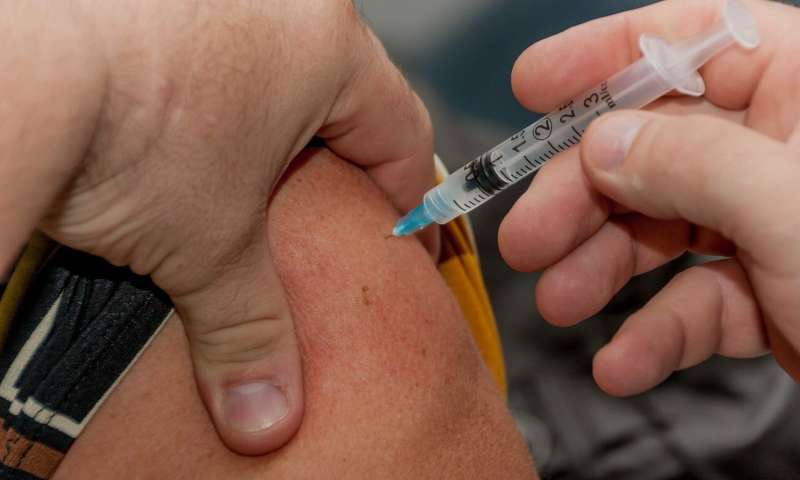

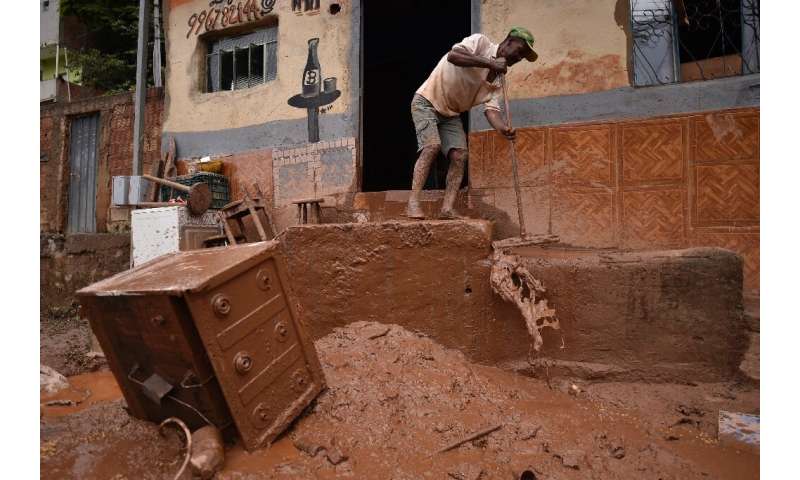
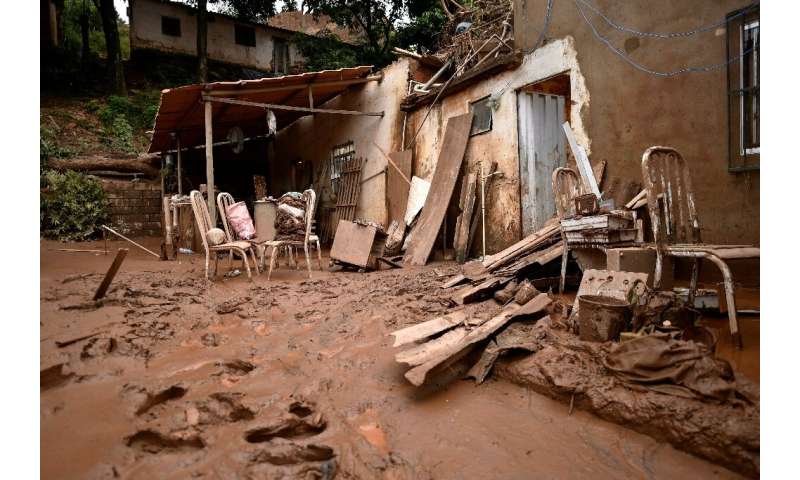
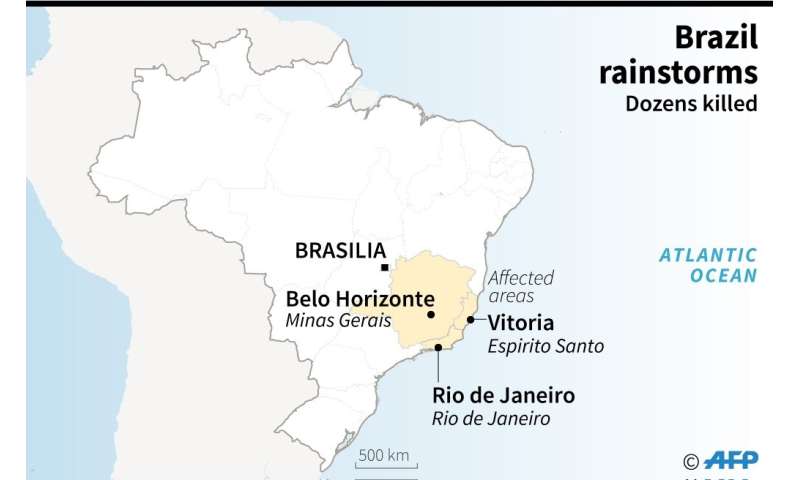
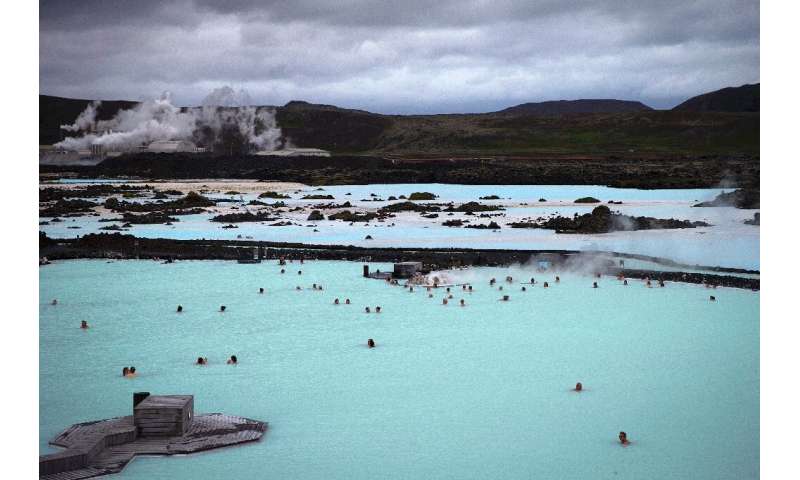
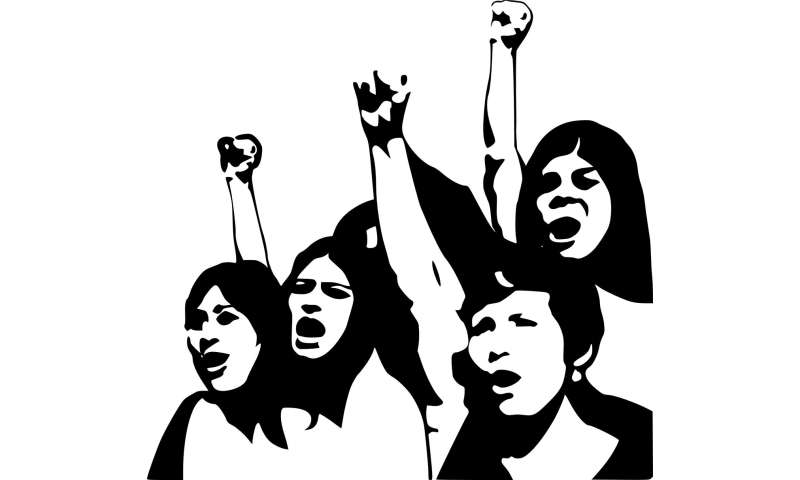
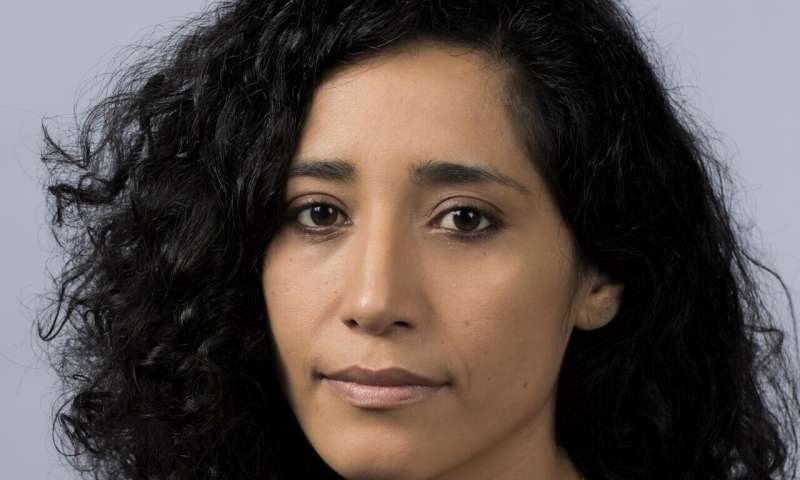
 Credit: CC0 Public Domain
Credit: CC0 Public Domain